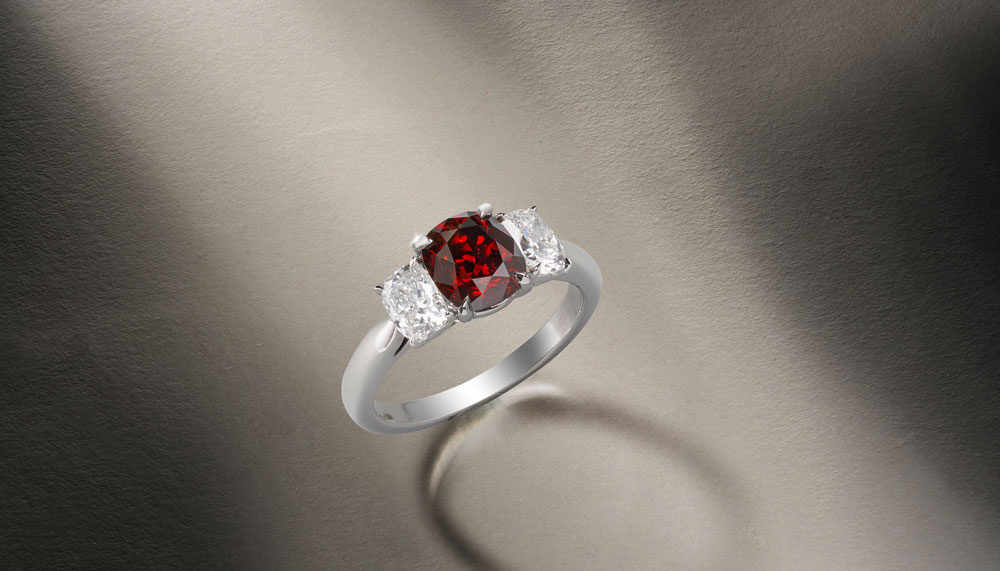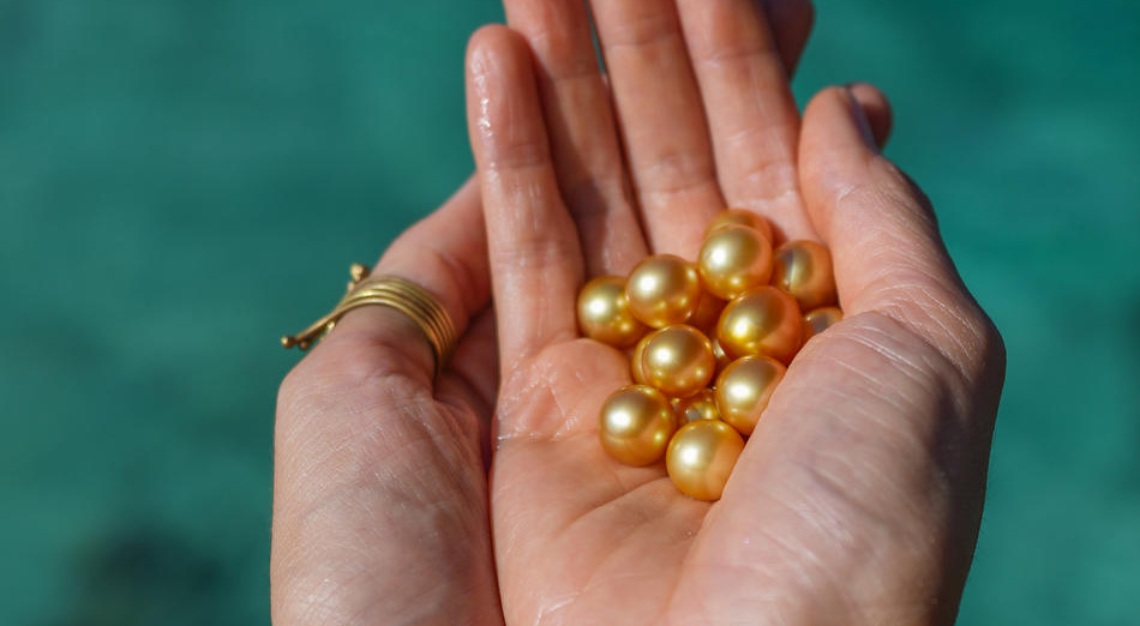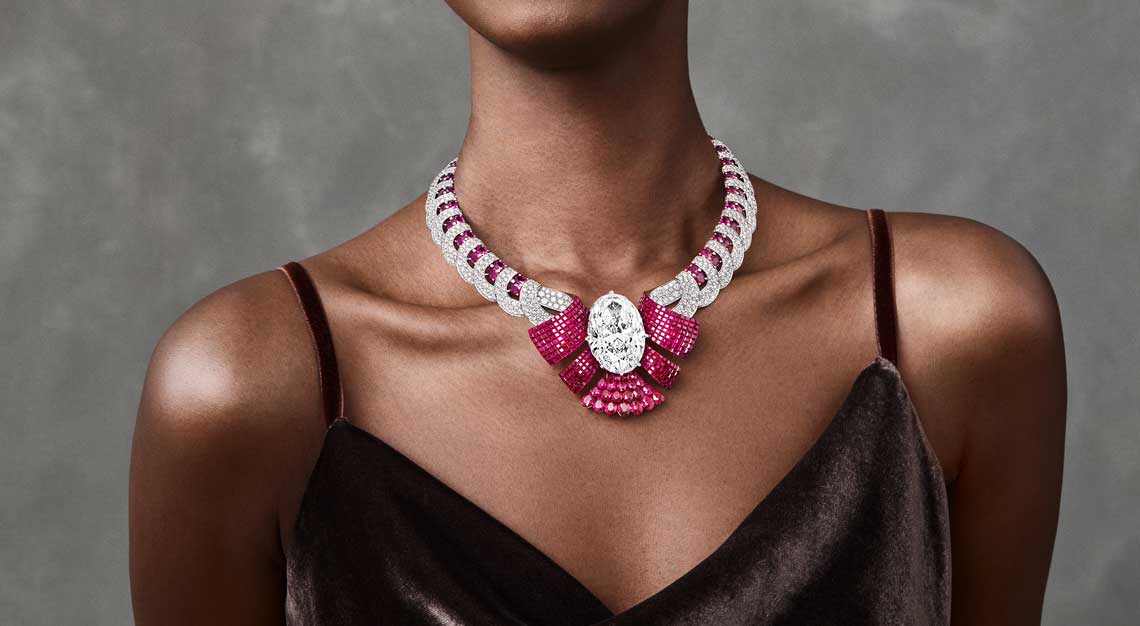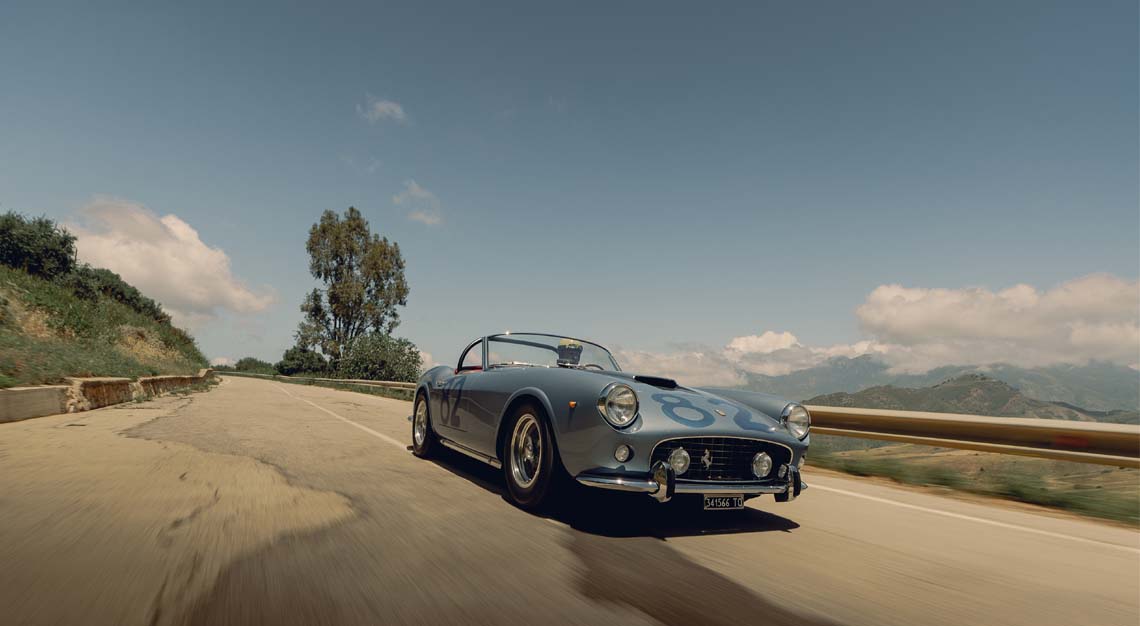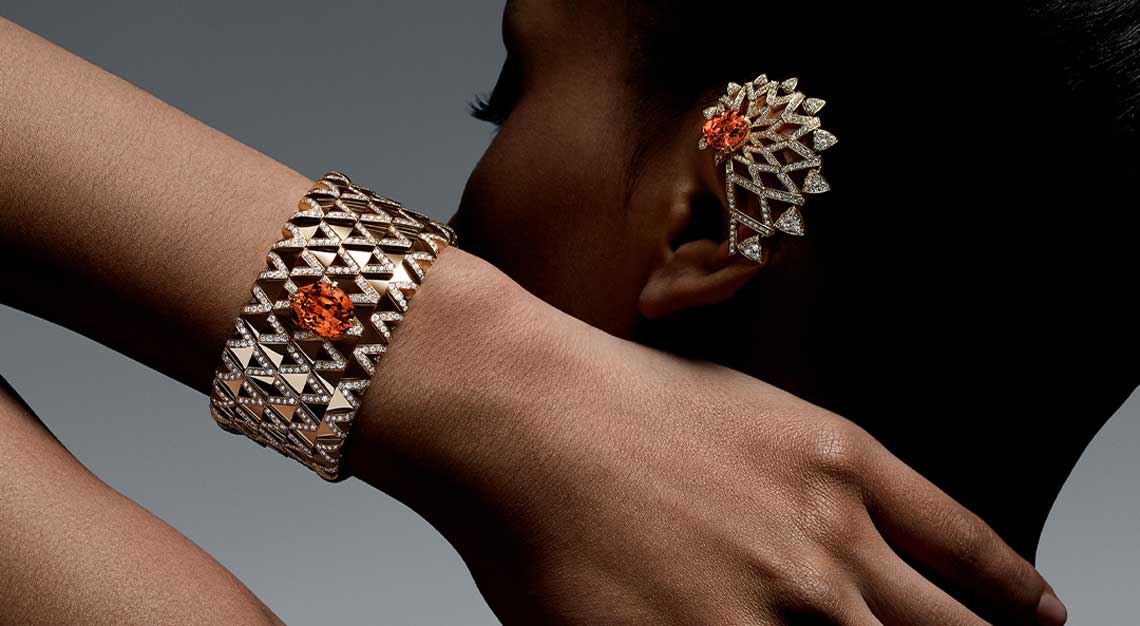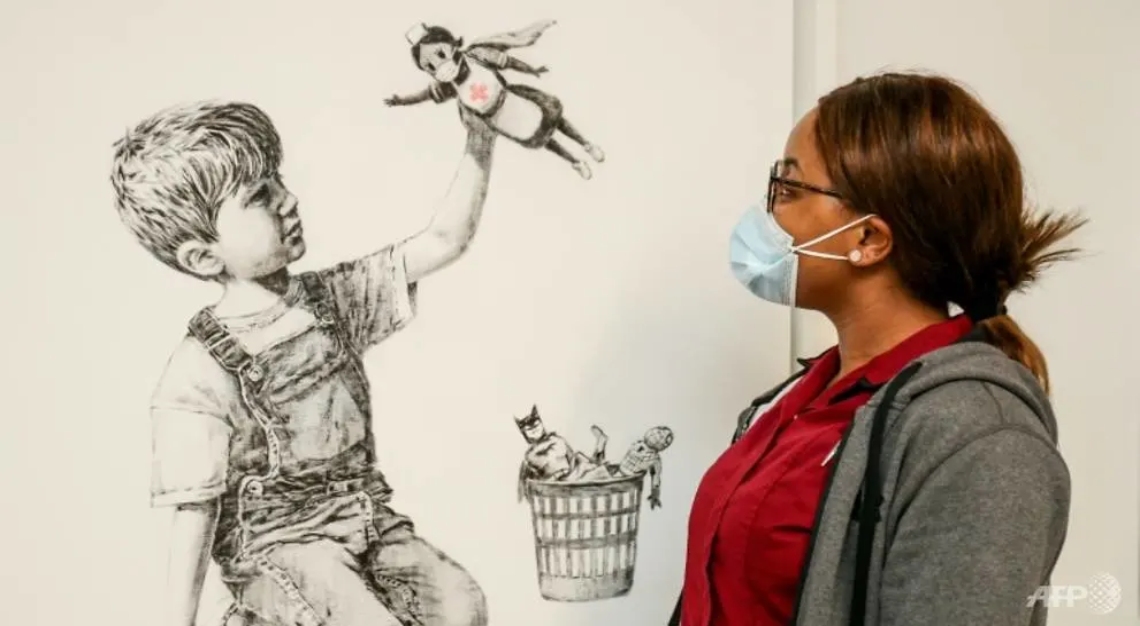Get expert advice from bonhams on investing in these precious gems
Investing in diamonds is very often just as daunting as putting your money into stocks or property. The market is nebulous with reliable information, the trends are ever-changing, and the diamonds themselves range from confounding to downright mysterious. Even the experts tell you there’s no right way to assess a stone. So going into precious stones, like stocks and property, isn’t something one can easily master overnight. You’ll need years of experience and copious amounts of research but here’s a good head-start from Bonhams’ head of sale (jewellery), Paul Redmayne.
The world’s biggest supplier of white diamonds isn’t any of the African countries but Russia – are you surprised? Botswana, the Democratic Republic of Congo, Australia, and Canada jointly produce the majority of the world’s white diamonds. Meanwhile, the biggest consumers of diamonds in the world is the US, followed by China. But industry insiders expect China to overtake the US very soon, given the rise of engagement ring culture in the Middle Kingdom.
White Diamonds

To understand coloured diamonds, you must first understand white diamonds. With white diamonds, there are the famous 4Cs – colour, clarity, carat, and cut – that everybody knows. But there’s a fifth C: certification.
Colour ranges from D to Z. Any white diamond darker than Z would be considered a yellow diamond. There is no A, B and C in the spectrum and nobody knows why. The Gemological Institute of America (GIA) started the industry practice of using the D to Z grading system. As far as anybody in the diamond industry knows, it’s always been this way. D for diamonds perhaps?
Clarity ranges from Flawless and Internally Flawless, to Very Very Slightly Included (VVS1 and VVS2), to Very Slightly Included (VS1 and VS2), to Slightly Included (SI1, SI2 and SI3), and finally Included (I1, I2 and I3).
Carat refers to the size of the stone. Did you know that 5,000 carats make one full kilogram? That’s exactly 47 Koh-I-Noors.
Cut is where the stone’s fate is left to human hands. Skilled gem cutters can enhance the colour and clarity of a stone by clever manipulation to show off maximum beauty. Round or brilliant cut diamonds are the most popular worldwide although its popularity varies across different markets. To investors, though, there’s round and there’s everything else, so round diamonds command greater prices ceteris paribus. Cutting techniques have greatly evolved, with more facets being added over the decades. This means that vintage stones tend to have fewer facets but that alone does not devalue the stone.
The Fifth C
Certification is the fifth C. Institutes that certify diamonds include GIA, HRD Antwerp, and Gubelin. The latter specialises in coloured stones. It occasionally accepts white diamonds but just the highest quality stones. Certification is essential in protecting the value of the stones but Redmayne advises against relying just on the certificate alone. Rather, you should keep it as a guideline. “Look at the stone first, then the cert, so that your judgement is not clouded,” he says.
Coloured Diamonds
Fancy coloured diamonds are a whole different category with its own grading practices and norms. In general, blemishes refer to imperfections on the outside of the stone while inclusions refer to those on the inside. Fancy coloured diamonds fall into 12 main categories and spread over 90 secondary hues.
Yellow and brown diamonds are the least rare although still by no means common. Other colours like blue, pink and red are very rare. Green diamonds are getting increasingly popular in Asian markets possibly because of its colour similarity to jade. Colours range from faint all the way to fancy intense, fancy deep and fancy vivid.
Coloured diamonds are assessed differently than white diamonds. Buyers and investors are more accepting of a stone’s inclusions and fluorescence (its tendency to emit a soft coloured glow when subjected to UV rays).
Pink Diamonds

Pink diamonds have skyrocketed in value over the past 12 years. In 2006, the market price for these stones average US$620,000 (S$834,000) per carat. In 2018, they may command over US$3 million (S$4 million) per carat. Obviously natural fancy vivid pink stones are most highly valued. Pink diamonds are mined exclusively in the Argyle Mine in Australia. Rising per carat prices are partially linked to the impending closure of the mine by 2021. In addition, supply appears to be dwindling, with diamonds getting smaller and presented with more inclusions.
In stones with secondary hues, the last hue determines its final colour. For example, a brown-pink diamond is a pink diamond, while a pink-brown is a brown diamond. Or as in the above picture, the pink-purple diamond is classified as a purple diamond.
Blue Diamonds

These yield the highest price per carat. The Hope Diamond is the most famous blue diamond in the world, with its greyish-blue colour. It is invaluable but if pressed for an answer, Redmayne’s estimation places it at between US$300 to US$400 million per carat (S$403 – S$538 million) . But of course it’s not really possible to put a price on such a stone. Blue diamonds are mined mostly from the Cullinan Mine in South Africa.
Green Diamonds

The biggest green diamond on record is the Dresden Green, a 40.7 carat natural green stone. With green diamonds, cutters typically leave one facet unpolished so that evaluators can see the stone’s real colour. This is because green diamonds may not be evenly green throughout the stone. Green diamonds get their unique hue through millions of years of exposure to the earth’s natural radiation, so in other words they become green from the outside in.
Red Diamonds

These are the rarest of all coloured diamonds. From 1957 to 1987 there were no red diamonds mined at all, leading a 0.95 carat stone called the Hancock Red which sold in 1956 for US$13,500 (S$18,000) to resell in 1987 for US$880,000 (S$1.18 million). Price per carat is unclear for red diamonds because there’s not enough of it to form an average. With red diamonds, only fancy hues exist in combination with other hues, for instance, red-brown. Jeweller Moussaieff reportedly owns a 5.11 carat naturally fancy red diamond in IF clarity called the Moussaieff Red. When offered US$35 million (S$47 million) for the stone in 2008, the owners refused to sell, believing it can command much more – and they’re probably right.
White diamonds and coloured diamonds feature prominently in the upcoming Bonhams Rare Jewels and Jadeite auction, happening at 2pm (GMT +8) on 27 May 2018 in Hong Kong.
Highlights include the Bordeaux Red, a rare fancy coloured diamond and diamond ring, a necklace featuring rare fancy pink, green and white diamonds, a fancy grey-blue diamond ring, and a gorgeous untreated Kashmir sapphire and diamond ring from 1980. Browse estimates and the complete catalogue on the Bonhams site.



